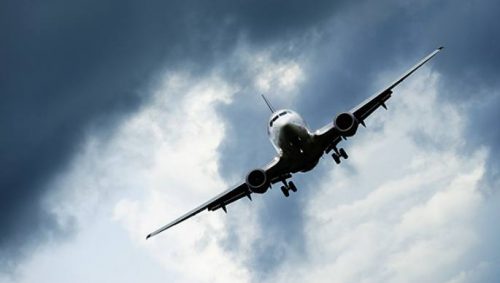Airline Industry Statistics Confirm 2020 Was Worst Year on Record
Montreal, Canada, August 4, 2021 / TRAVELINDEX / The International Air Transport Association (IATA) released the IATA World Air Transport Statistics (WATS) publication with performance figures for 2020 demonstrating the devastating effects on global air transport during that year of the COVID-19 crisis:
- 1.8 billion passengers flew in 2020, a decrease of 60.2% compared to the 4.5 billion who flew in 2019
- Industry-wide air travel demand (measured in revenue passenger-kilometers, or RPKs) dropped by 65.9% year-on-year
- International passenger demand (RPKs) decreased by 75.6% compared to the year prior
- Domestic air passenger demand (RPKs) dropped by 48.8% compared to 2019
- Air connectivity declined by more than half in 2020 with the number of routes connecting airports falling dramatically at the outset of the crisis and was down more than 60% year-on-year in April 2020
- Total industry passenger revenues fell by 69% to $189 billion in 2020, and net losses were $126.4 billion in total
- The decline in air passengers transported in 2020 was the largest recorded since global RPKs started being tracked around 1950
“2020 was a year that we’d all like to forget. But analyzing the performance statistics for the year reveals an amazing story of perseverance. At the depth of the crisis in April 2020, 66% of the world’s commercial air transport fleet was grounded as governments closed borders or imposed strict quarantines. A million jobs disappeared. And industry losses for the year totaled $126 billion. Many governments recognized aviation’s critical contributions and provided financial lifelines and other forms of support. But it was the rapid actions by airlines and the commitment of our people that saw the airline industry through the most difficult year in its history,” said Willie Walsh, IATA’s Director General.
Key 2020 airline performance figures from WATS:
Passenger
- Systemwide, airlines carried 1.8 billion passengers on scheduled services, a decrease of 60.2% over 2019
- On average, there was a $71.7 loss incurred per passenger in 2020, corresponding to net losses of $126.4 billion in total
- Measured in ASKs (available seat kilometers), global airline capacity plummeted by 56.7%, with international capacity being hit the hardest with a reduction of 68.3%
- Systemwide passenger load factor dropped to 65.1% in 2020, compared to 82.5% the year prior
- The Middle East region suffered the largest proportion of loss for passenger traffic* with a drop of 71.5% in RPKs versus 2019, followed by Europe (-69.7%) and the Africa region (-68.5%)
- China became the largest domestic market in 2020 for the first time on record, as air travel rebounded faster in their domestic market following their efforts to control COVID-19
- The regional rankings (based on total passengers carried on scheduled services by airlines registered in that region) are:
- Asia-Pacific: 780.7 million passengers, a decrease of 53.4% compared to the region’s passengers in 2019
- North America: 401.7 million passengers, down 60.8% over 2019
- Europe: 389.9 million passengers, down 67.4% over 2019
- Latin America: 123.6 million passengers, down 60.6% over 2019
- Middle East: 76.8 million passengers, a decrease of 67.6% over 2019
- Africa: 34.3 million passengers, down 65.7% over 2019
Cargo
- Air freight was the bright spot in air transport for 2020, as the market adapted to keep goods moving—including vaccines, personal protective equipment (PPE) and vital medical supplies—despite the massive drop in capacity from the bellies of passenger aircraft.
- Industry-wide available cargo tonne-kilometers (ACTKs) fell 21.4% year-on-year in 2020
- This led to a capacity crunch, with the industry-wide cargo load factor up 7.0 percentage points to 53.8%. This is the highest value in the IATA series started in 1990.
- At the end of the year, industry-wide cargo tonne-kilometers (CTKs) had returned close to pre-crisis values. However, the yearly decline in cargo demand (CTKs) was still the largest since the Global Financial Crisis in 2009, at a sizeable 9.7% year-on-year in 2020.
Airline Alliances
- Star Alliance maintained its position as the largest airline alliance in 2020 with 18.7% of total scheduled traffic (in RPKs), followed by SkyTeam (16.3%) and oneworld (12.7%)
First published at TravelCommunication.net





